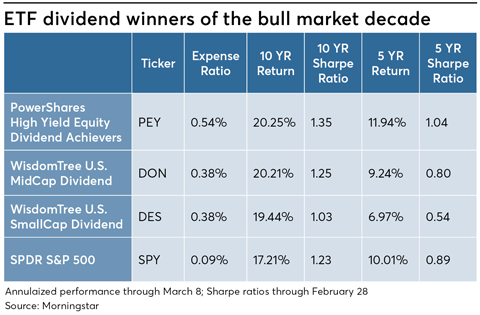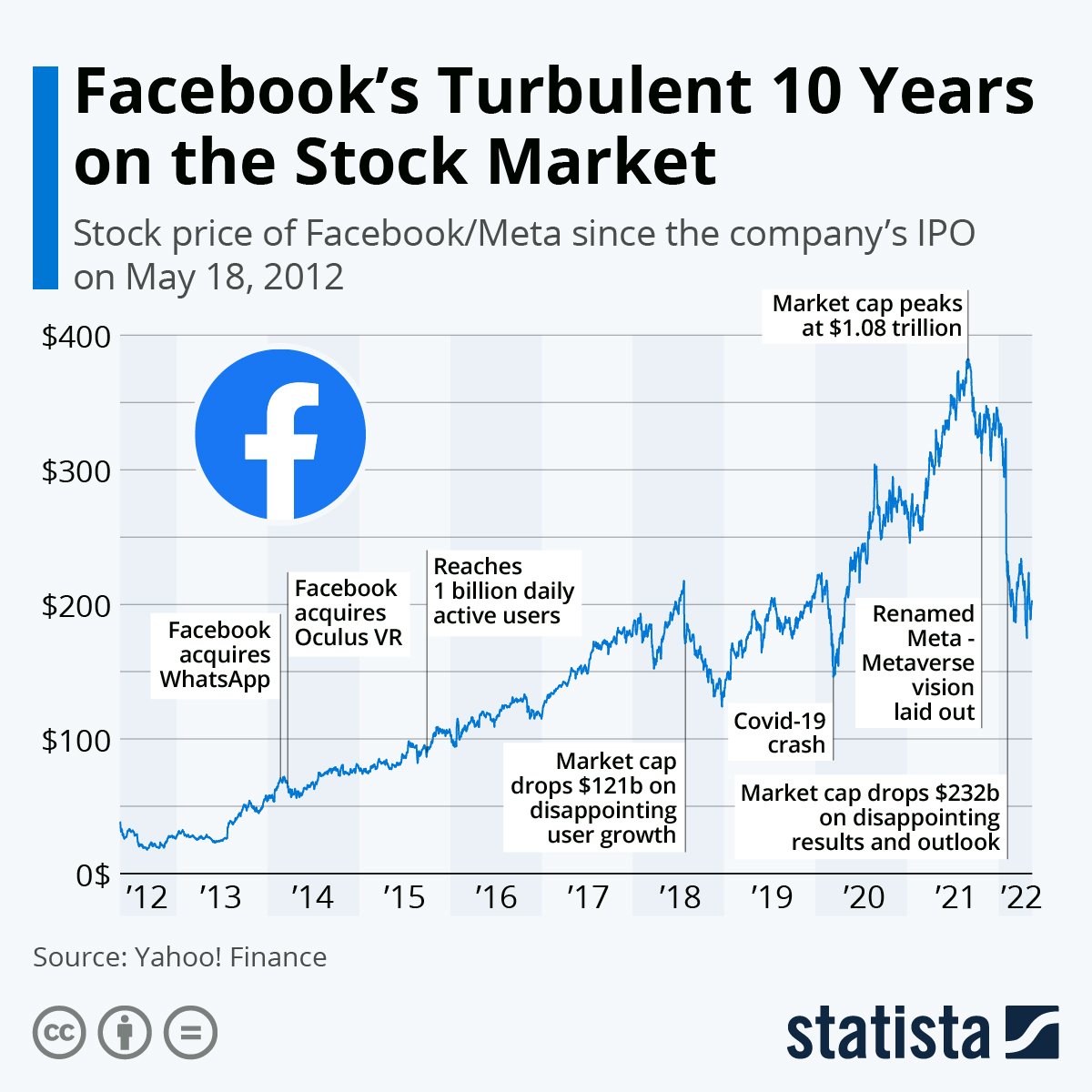
While you don't necessarily need to be an expert to make investments in blue-chip stocks, it's essential to do your homework before investing. Look at the earnings reports and company history as well as whether dividends will be paid. A financial advisor may be an option. Another important aspect to consider is where the company is located. Some industries have more potential to grow than others. It is possible to invest in companies with the potential to pivot to new products or services.
Low-cost index funds
Low-cost Index Funds are pooled investments with lower annual management fees. They also have lower expense ratios. Investors can get superior returns by minimising the investment costs. This type investing does not require trading or stock analysis. Instead, investors invest in an index fund, which automatically tracks the performance of specific stocks.
Low-cost index funds are often the best choice for investors who want to own stocks without paying high fees. These funds offer diversification and lower risks, as well as low costs. Fund providers that offer index funds at a low cost can provide these funds. You should always do your research before investing.

Exchange-traded money
The attractiveness of investing in blue-chip companies has been proven by exchange-traded fund (ETFs). These funds track the performance of blue-chip stocks on a daily basis. You also get to reduce the risks involved with individual stocks investing.
ETFs tend to be less expensive than mutual fund investments and have a more passive management. You should investigate which stocks the mutual fund has, since some stocks are more volatile. Investors will find that blue-chip stocks pay regular dividends. Blue-chip stocks also offer greater security and reliability than other stocks.
Individual stocks
Buying blue chip stocks is an excellent option for achieving long-term investment goals. These stocks are stable and have a long history of steady growth. However, every company is subject to market fluctuations and economic pressures. Blue chip investing is not the only way to make long-term investments. Additionally, individual stock purchases can be time-consuming and require extensive research. You need to be aware of the possible risks.
Blue chip companies are popular among retail investors. They can be found in nearly all sectors and are often leaders within their industries. These companies produce products and services that we use on a daily basis. Investors of all levels love these companies. Some prefer to buy individual stocks; others prefer ETFs which track a bluechip index.

Companies in a dominant position of their industry
Blue chip investing is a great way to invest. Blue-chip companies have a track record of long-term success. They also rarely cut dividends. They are also well-capitalized and have stable debt-to–equity ratios. Furthermore, blue chip companies are often the most reliable and consistent.
Blue-chip stocks are not cheap, but they can be a great investment for long term growth. They are considered safe assets. They are an important part of many stock exchanges worldwide. You can buy individual blue-chip shares or you can invest in a blue-chip fund.
FAQ
What is a fund mutual?
Mutual funds consist of pools of money investing in securities. They offer diversification by allowing all types and investments to be included in the pool. This helps reduce risk.
Managers who oversee mutual funds' investment decisions are professionals. Some funds also allow investors to manage their own portfolios.
Mutual funds are more popular than individual stocks, as they are simpler to understand and have lower risk.
What are the benefits of stock ownership?
Stocks are more volatile than bonds. The stock market will suffer if a company goes bust.
But, shares will increase if the company grows.
For capital raising, companies will often issue new shares. This allows investors to buy more shares in the company.
To borrow money, companies use debt financing. This allows them to access cheap credit which allows them to grow quicker.
If a company makes a great product, people will buy it. The stock's price will rise as more people demand it.
Stock prices should rise as long as the company produces products people want.
How do people lose money on the stock market?
The stock market isn't a place where you can make money by selling high and buying low. It's a place you lose money by buying and selling high.
The stock market is for those who are willing to take chances. They will buy stocks at too low prices and then sell them when they feel they are too high.
They expect to make money from the market's fluctuations. If they aren't careful, they might lose all of their money.
Statistics
- For instance, an individual or entity that owns 100,000 shares of a company with one million outstanding shares would have a 10% ownership stake. (investopedia.com)
- US resident who opens a new IBKR Pro individual or joint account receives a 0.25% rate reduction on margin loans. (nerdwallet.com)
- The S&P 500 has grown about 10.5% per year since its establishment in the 1920s. (investopedia.com)
- Ratchet down that 10% if you don't yet have a healthy emergency fund and 10% to 15% of your income funneled into a retirement savings account. (nerdwallet.com)
External Links
How To
How to Trade Stock Markets
Stock trading refers to the act of buying and selling stocks or bonds, commodities, currencies, derivatives, and other securities. Trading is French for traiteur. This means that one buys and sellers. Traders are people who buy and sell securities to make money. This type of investment is the oldest.
There are many ways you can invest in the stock exchange. There are three types that you can invest in the stock market: active, passive, or hybrid. Passive investors are passive investors and watch their investments grow. Actively traded investor look for profitable companies and try to profit from them. Hybrid investors combine both of these approaches.
Index funds that track broad indexes such as the Dow Jones Industrial Average or S&P 500 are passive investments. This is a popular way to diversify your portfolio without taking on any risk. You can just relax and let your investments do the work.
Active investing involves picking specific companies and analyzing their performance. The factors that active investors consider include earnings growth, return of equity, debt ratios and P/E ratios, cash flow, book values, dividend payout, management, share price history, and more. They decide whether or not they want to invest in shares of the company. They will purchase shares if they believe the company is undervalued and wait for the price to rise. However, if they feel that the company is too valuable, they will wait for it to drop before they buy stock.
Hybrid investing blends elements of both active and passive investing. A fund may track many stocks. However, you may also choose to invest in several companies. You would then put a portion of your portfolio in a passively managed fund, and another part in a group of actively managed funds.